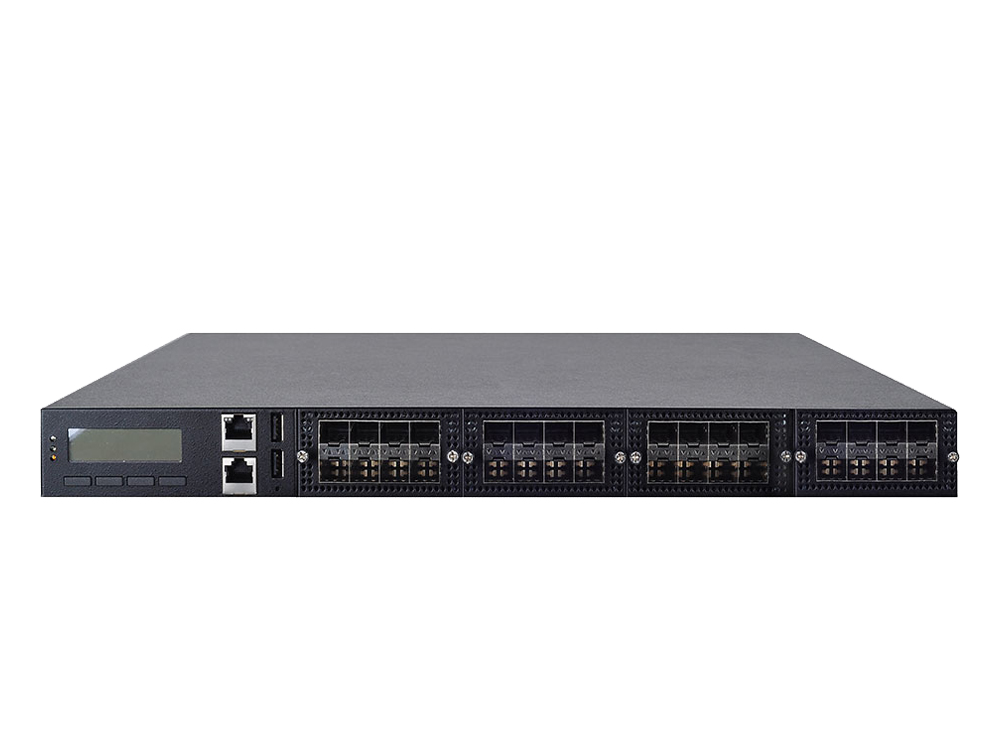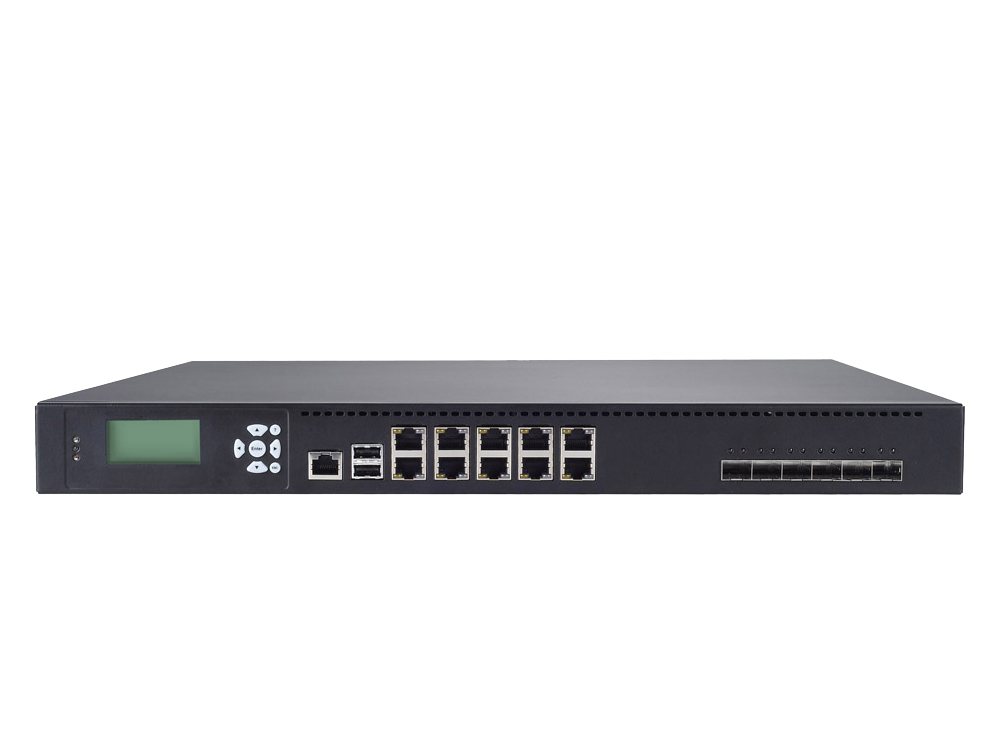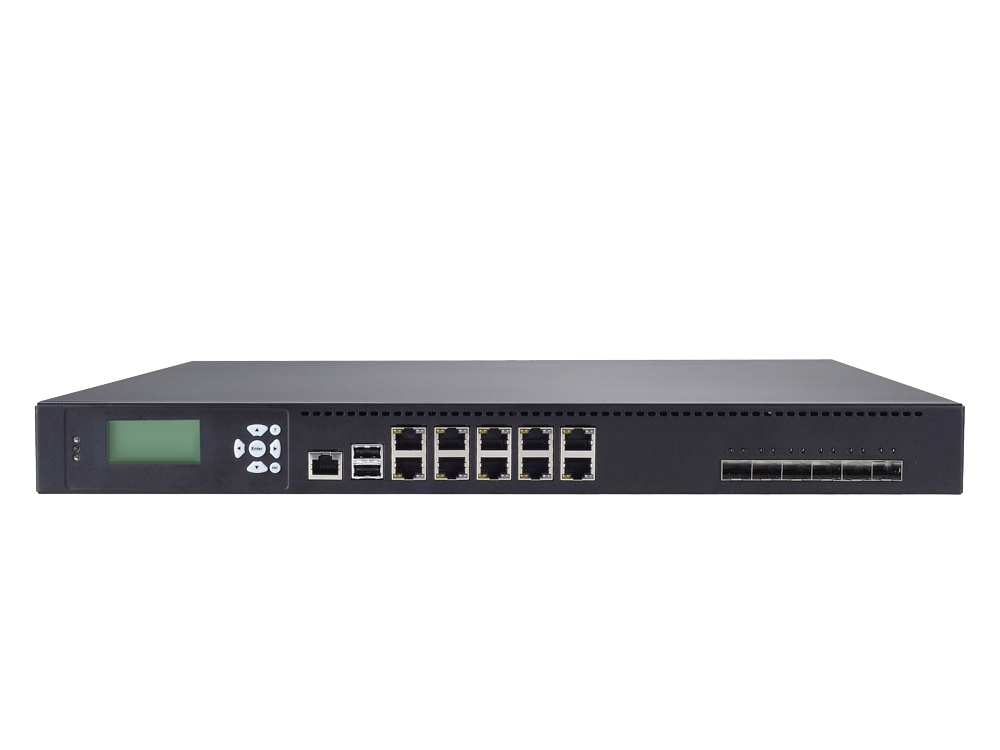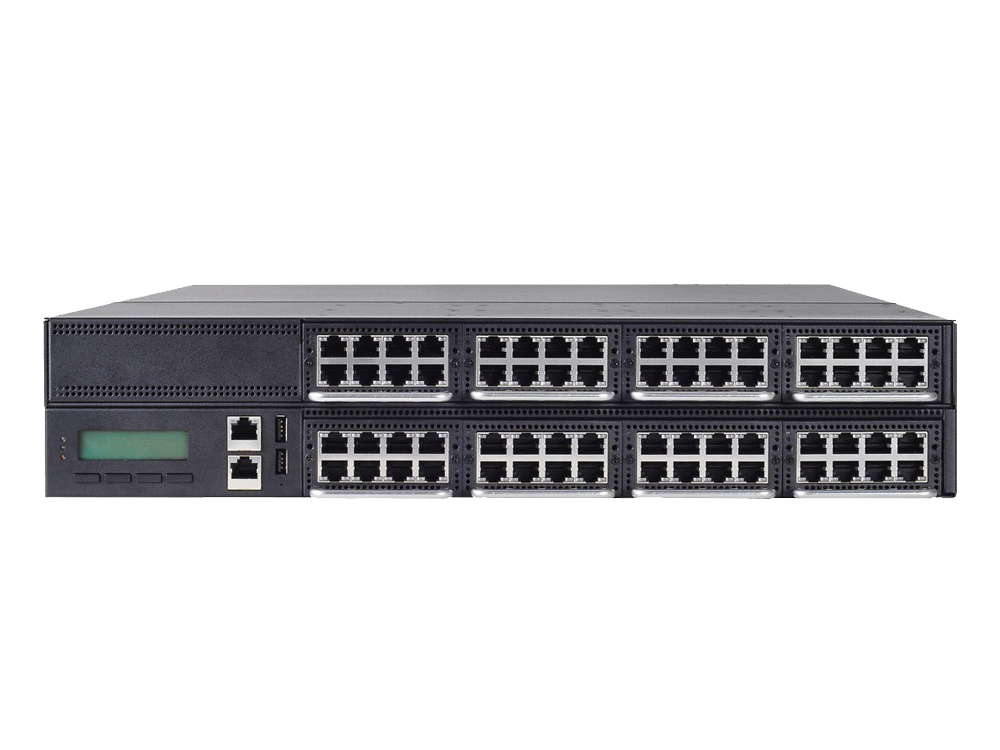In order to provide access to data on any device at locations such as stadiums, shopping centers and medium-sized branch offices as well as campuses, content providers and telecom companies are required to build their information superhighways on both wired and wireless networks that deliver enterprise-scale capacity, stringent performance and reliability.
A unified wired-to-wireless LAN solution on Lanner network appliances can help achieve the aforementioned goal efficiently and effectively.
Lanner’s FW-8800 Series, consisted of rackmounted 1U or 2U network appliances, is built with Intel’s Xeon processors and server-grade Ethernet adapters to provide computing power and network connectivity. The FW-8877, FW-8893A, FW-8893C and FW-8895, for example, all come with 4~8 slots for Ethernet modules of various port densities and connection speeds (GbE, 10GbE copper and fiber modules) for supporting a large volume of managed wireless APs as well as wired connections.
Benefits of Wired-to-Wireless LAN Solution
1. Centralized Traffic Management
A unified wired-to-wireless LAN eliminates fragmentation resulted from using individual point products, such fragmentation makes it difficult to manage the network in its entirety.
In this unified architecture, network edge devices can be deployed almost instantly and centralized management can be streamlined across any number of distributed locations. More specifically, a unified wired-to-wireless LAN brings with it a system-wide approach that enables centralized traffic management, from a single location, for rogue activity detection, policy enforcement, and other security mechanisms.
For instance, the unified wired-to-wireless LAN simplifies the deployment of centralized or local forwarding, not only allowing the enforcing of a forwarding policy on a SSID, VLAN, or a group of users but also allowing administrators the choice between local or centralized forwarding, for classified data traffic.
In other words, applying a single policy approach across all wired and wireless networks and deploying VPN with the unified Wired-to-wireless LAN at the network edge both simplify management-related tasks and eliminate potential security holes.
2. Improved Network Simplicity and Agility
The use of such network controller supports the followings:
- A large mobility domain for more simultaneous client associations
- Uninterrupted network access for AP roaming
- Deployment for bring your own device (BYOD) initiative and
- Mobile device management software on the platform.
With context-aware traffic control for location, role or application access, service providers can realize differentiated services, making effective resource management possible
3. Value-add Wireless LAN infrastructure
Not only does the wired-to-wireless networking provide indoor and outdoor connectivity for open areas, independent application developers can also design their own industry specific applications to engage end users in business offerings and services. For example in a shopping center, a program that utilizes big data analytics can help strengthen customer-business relationships by way of pushing real-time, interest-based offers to customers’ personal devices, potentially monetizing on such customized “advertising” for their products/services.
Lanner’s Advantages of Unified Wired-to-Wireless LAN Solution
A unified wired-to-wireless LAN appliance provides one consolidated platform for integrating both Ethernet switches and wireless controllers. Lanner’s FW-8800 series offers the following advantages for medium to large enterprises:
1. Reduced Total Cost of Ownership & Increased Network Capacity and Scalability
Lanner’s future-proof and upgradable Ethernet modules are made to “scale-as-it-grows”, no costly hardware acquirement or system rebuild is needed when adding access points.
The swappable Ethernet modules also function as add-on device modules for extending the scalability of controlled wireless domain, increasing forwarding capacity to accommodate the growth of mobile users. In addition, the front-facing Ethernet modules has Lanner proprietary LAN bypass technology built in, providing five nines availability and reliability in network connection.
2. Built-in Intel QuickAssist Technology for Secure Management
Managing multiple devices that are deployed across different locations requires a centralized and highly secure interface. To securely manage network devices, vendors can implement SNMP-compliant programs on network appliances in the network infrastructure ; the management console can either be Web based or command-line, encrypted with the secure SSH or SSL cryptography.
Intel QuickAssist Technology helps enhance security features for protecting message confidentiality and integrity; the console port on appliances’ front panel doubles as a pass-through for the connected switch console function.
Lanner’s network appliances are mostly based on Intel architectures. They are highly scalable and offer varying levels of computing power and network capacity, suitable for developing SDN solutions that fulfill environment-specific network demands.
For more information on Lanner x86 network appliances,
visit products/network-appliances
For more information on Lanner network processing appliances,
visit products/telecom-datacenter-appliances
Related Articles
- Network Appliances Consolidate Industrial IoT Wired & Wireless Network Management
- Wired and Wireless Management







